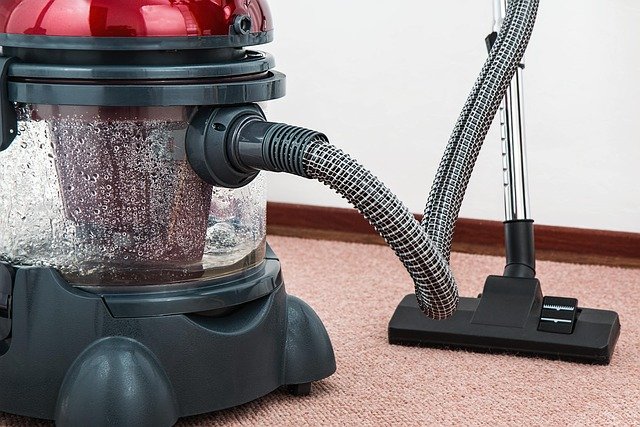Car Mats: Guide to Protecting Your Vehicle Interior
Car mats are one of the simplest additions to a vehicle that can preserve appearance and function over time. They sit where shoes meet the floor, catching dirt, moisture, and wear. Choosing the right mat type, fit, and maintenance routine helps extend the life of the vehicle interior while keeping the cabin cleaner and safer for daily use.

What are car mats and why use them?
Car mats are removable coverings designed to sit on a vehicle’s floor and shield the underlying material from wear, spills, and debris. They range from universal-fit pieces to custom-cut liners that match a specific make and model. The main purpose of car mats is to reduce cleaning frequency and prevent stains or moisture from reaching carpets and floor panels. For many owners, mats also provide a straightforward way to refresh a vehicle’s look without major interior work. When shopping, consider material, edge height, and ease of removal for cleaning to match how you use the vehicle.
How do car mats protect the vehicle interior?
A properly selected mat forms a barrier between shoes and the vehicle interior, capturing grit, salt, mud, and liquids before they can damage carpet fibers or underlying panels. Deep-tray designs trap spills and give liquids a contained area, reducing the risk of odors or corrosion. Mats also reduce abrasion from foot traffic that accelerates carpet wear and can help maintain resale value by preserving factory interiors. Fit matters: mats that shift underfoot can expose carpet and create safety issues. Look for mats with retention systems or custom shapes to keep them aligned and effective.
Are rubber mats better for wet conditions?
Rubber mats are often recommended where moisture and heavy debris are common because they resist water, wipe clean easily, and tend to have higher sidewalls to contain spills. Their non-porous surface prevents salt and mud from soaking in, which is useful in wet climates or for vehicles that carry outdoor gear. Rubber mats are typically durable and perform well under heavy use, though they can be heavier and may retain odors if not cleaned. For winter or work use, rubber mats offer a practical balance of protection and straightforward maintenance compared with some textile options.
When to choose carpet mats for comfort?
Carpet mats provide a softer, more refined feel and often match a vehicle’s original interior styling and color palette. They can improve cabin acoustics and offer more cushioning underfoot, which some drivers prefer for everyday commuting. Carpet mats are available in low-pile and loop-pile varieties and may include additional backing or weather-resistant coatings for improved durability. They require more frequent vacuuming and can absorb liquids if not treated, so they work best in drier climates or when occupants are mindful about removing moisture and dirt. Consider stain-resistant treatments or removable liners when selecting carpet mats.
Maintaining and installing floor protection
Proper installation and routine maintenance keep floor protection effective and safe. Start by removing existing mats to clean the vehicle floor, checking for trapped dirt along edges. Install mats so they lie flat and engage any retention clips supplied by the vehicle manufacturer to prevent shifting. Regular cleaning depends on material: rubber mats can be hosed and scrubbed, while carpet mats benefit from vacuuming and, occasionally, shampooing. Inspect mats for wear and compressed areas that no longer shield the floor. Replacing mats that no longer fit or have deteriorated ensures ongoing floor protection and reduces potential hazards from slipping.
Conclusion
Selecting car mats is a balance between protection, comfort, and appearance. Rubber mats excel where moisture and heavy-duty protection are priorities, while carpet mats offer a more finished cabin feel with increased maintenance needs. Fit, retention features, and cleaning routines determine how well mats safeguard the vehicle interior and contribute to long-term upkeep. Regular inspection and timely replacement maintain effective floor protection and help preserve a vehicle’s condition over time.





